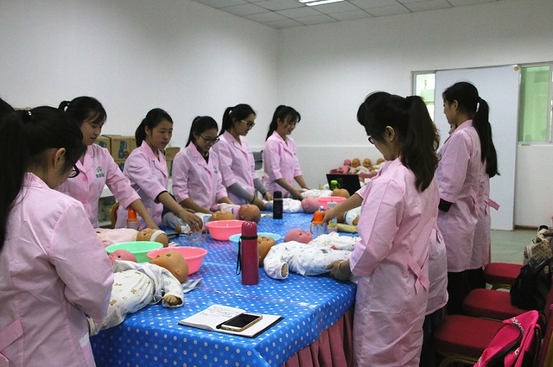An eight-month-old baby begins to turn over and crawl on their own, at which point parents may observe that they start to sleep on their stomachs. There is no need for parents to worry excessively about the safety of this change. In fact, a baby choosing to sleep on their stomach may be a natural response to exploring different sleeping positions, similar to how adults adjust when feeling uncomfortable in one position for too long; changing positions can provide more comfort for the baby.
For some infants, sleeping on their stomachs is an instinctive self-protective measure that gives them a stronger sense of security while sleeping, often resulting in deeper and less disturbed sleep. Moreover, if a baby experiences stomach discomfort or gastrointestinal issues, stomach sleeping can help alleviate these discomforts through support from the mattress. If parents notice that their child seems restless during sleep, they should promptly check and soothe the child.
When it comes to babies sleeping on their stomachs, parents should maintain a moderate level of attention to ensure that their physical condition is normal, breathing is steady, and there are no other abnormal signs, as these are indicators of healthy sleep. However, it is important to note that when choosing a pillow for a baby who sleeps on their stomach, overly soft materials should be avoided to prevent the risk of suffocation.
For younger infants, it is recommended to primarily position them on their backs or sides, avoiding direct pressure on the nose against the pillow to prevent suffocation hazards. A baby’s sleeping position is crucial for their healthy growth, as the correct sleeping position can promote their healthy development. Although there is ongoing debate within the medical community regarding the best sleeping position, it is an essential responsibility for parents to timely guide and correct their child’s unhealthy sleeping habits, ensuring that they can sleep safely and healthily.


